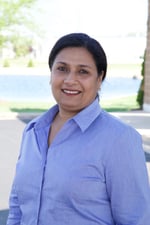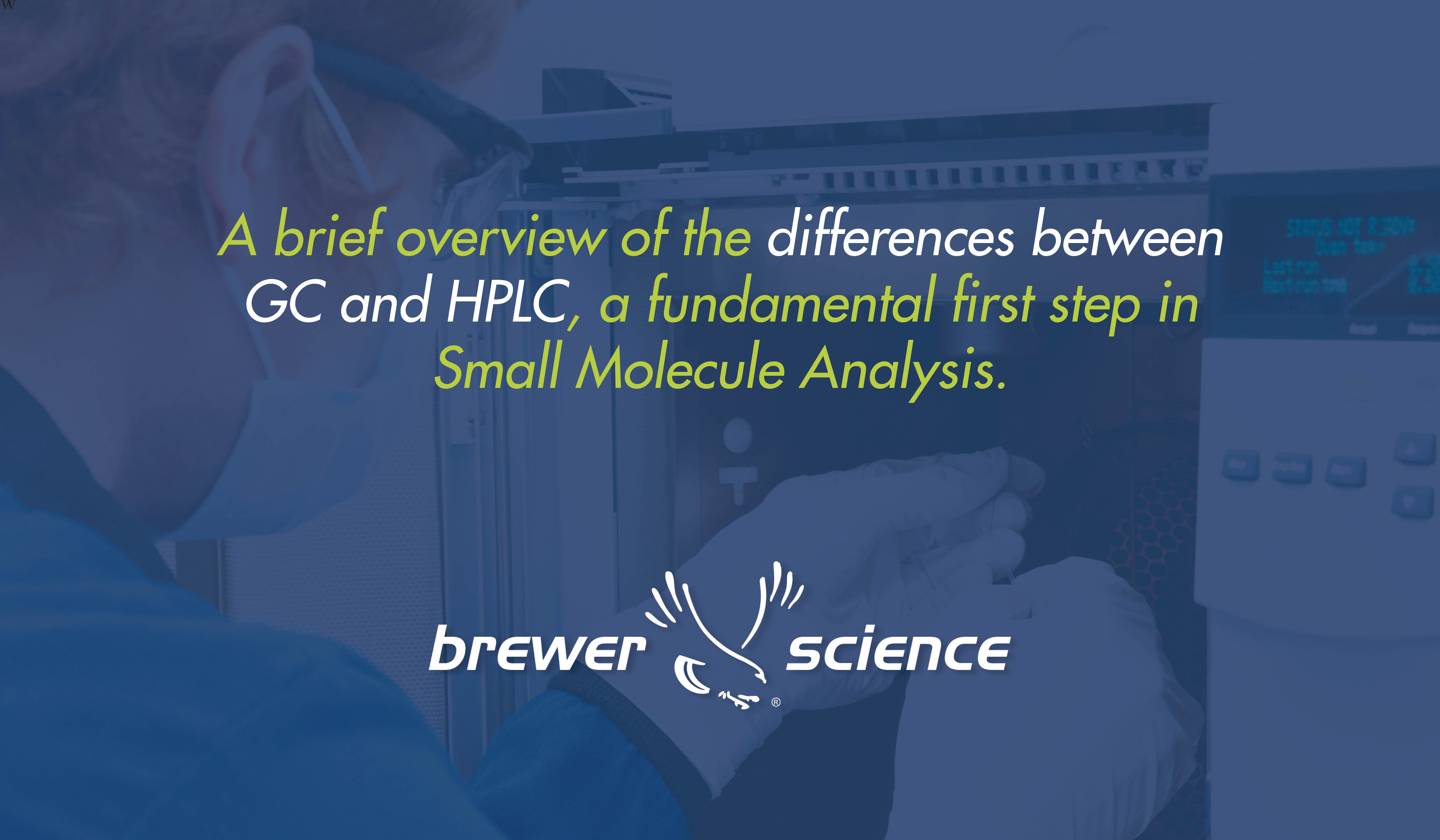 Back in the day, Rama Puligadda came close to becoming a medical doctor, but a venture into chemistry led her down a different path.
Back in the day, Rama Puligadda came close to becoming a medical doctor, but a venture into chemistry led her down a different path.
Today the native of New Delhi, India, holds an impressive three separate master’s degrees focusing on chemistry, polymer engineering/technology, and chemical engineering. But her motivation to learn hasn’t slowed. “Learning is an essential part of my experience at Brewer Science,” she says. “To learn each day is important to me. In fact, it is very essential in our technological area to stay ahead of industry progress and adapt quickly to changes.
The director of BSI’s Advanced Technology R&D started her college education in her homeland. Because she was considered too young to start medical school directly after high school, she took up chemistry at the University of Delhi (she was interested in engineering, but it wasn’t then a preferred curricular option for women in India).
Puligadda undoubtedly would have made an excellent physician, but the medical community’s loss was Brewer Science’s gain. After her undergraduate education, she successfully completed two master’s degrees from the Indian Institute of Technology, Delhi, followed by an M.S. in chemical engineering from the University of Cincinnati, where her thesis was an environmental engineering project for the U.S. Environmental Protection Agency.
She then joined Brewer Science in 1995, working in R&D and learning from “exceptional” people including Corporate Technical Fellow James Lamb and Chief Technical Officer Tony Flaim. Since then, she’s become a highly regarded specialist in the semiconductor industry.
In a typical day, Puligadda drives the execution of all programs in Advanced Technology R&D to meet long- and short-term business goals, ensures that timelines for products and customers are met, and helps business unit leaders in creating strategic plans that support business goals.
Fun fact: She’s also an incredible mimic, known in college for her ability to impersonate professors who would actually ask for her performances. She has since passed that talent to her daughter.
Asked to forecast the future of her department, Puligadda expects the pace of change and innovation to continually increase. “We will have to be more multifaceted than we are today because of the fast pace of the changes in our industry,” she explains. “Because we are moving so quickly, we cannot work in a sequential manner but work with customers, partners, consortia, and co-vendors at the same time to deliver multiple solutions. So it is only going to be faster and more challenging, requiring a lot of interaction and cooperation, both externally and internally.”
Fortunately, she notes, she has strong support from coworkers and mentors such as Flaim. “I’m thankful for the opportunity to be here and to give back,” she says. “Working with so many fantastic people within and outside Brewer Science is very rewarding.”




Subscribe to Our Blog